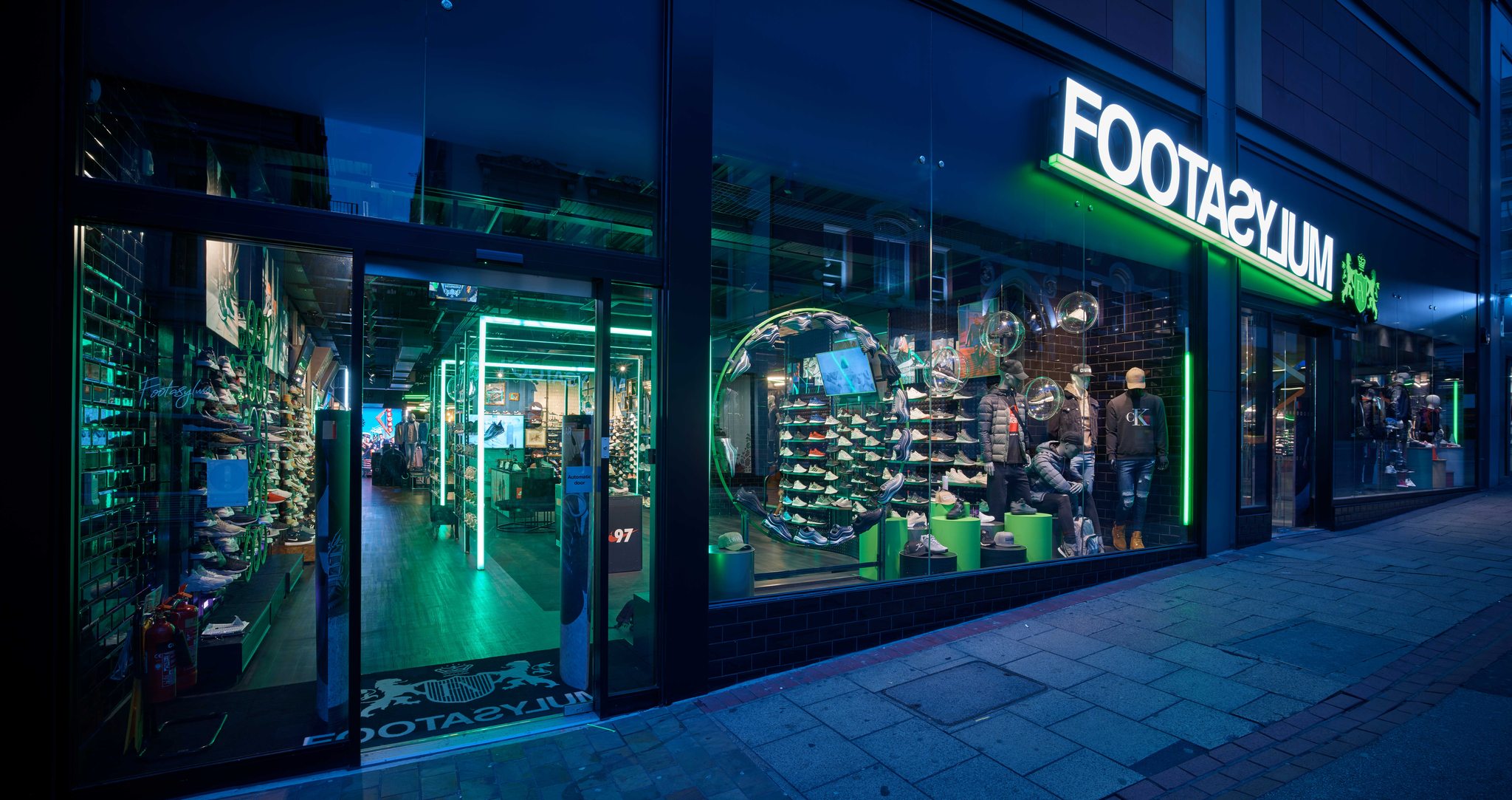Yes, retail sales may be down – but the outlook remains bullish in 2021
By Tom Summerfield on February 15, 2021The retail industry is no stranger to a negative news headline or two. Once again, there’s a fair bit of doom and gloom currently surrounding the sector, especially with the high street being forced to close the shutters once more due to the ongoing coronavirus pandemic.
Earlier this month we awoke to an update from the British Retail Consortium, with its 2020 figures showing that retail sales are down, with retailers suffering their worst annual sales performance since records began in 1995. Overall retail sales dropped by 0.3% year-on-year, largely “driven by a slump in demand for fashion and homeware products,” wrote BBC News.
Since the pandemic first reared its head and we were plunged into Lockdown One, it was always going to be a difficult, difficult year for many retail businesses. For the majority, it was all about survival, by hook or by crook.
It’s not all doom and gloom
It wasn’t all bad, though. There are lessons to be learned from those who were successful during this period, and I think there are still plenty of reasons to be positive about the shape of retail in 2021. For example, last year’s Black Friday period can be considered, across the board, as a success, with overall retail sales up month-on-month by 3.3% in November 2020. Considering physical stores across the country were shut for the majority of this month, and with the Black Friday weekend itself taking place in lockdown, this is a better result than many could’ve hoped for.
Online, of course, played a key role in this, with 2020 turning out to be a huge year for e-commerce. UK online sales growth came in at +37% year on year for December 2020, driving the annual figure to a 13 year high.
UK annual online sales growth in 2020
With consumer behavior and shopping habits shifting throughout the year, the market matured greatly, and many brands will have found themselves being dragged – perhaps kicking and screaming! – into the 21st century. Digital transformation plans have accelerated off the back of this, and at Peak we’ve seen first hand that more and more retailers are becoming aware of the importance of data and harnessing technology like Decision Intelligence and AI when it comes to making those crucial business decisions and delivering convenience for consumers. These new attitudes and priorities will stand many businesses in good stead for the months ahead.

Getting back on track in 2021
Looking forward, I strongly believe that there’s lots to be positive about in retail in 2021. For me, this year will be the ‘Year of Demand’ for retailers. The focus for many will be on getting back on track and ensuring a bit more stability in their day-to-day operations, particularly as brands look to balance the eventual return of physical footfall with a maturing e-commerce offering.
A key component of this will be the ability to forecast and map demand with greater accuracy, joining up and utilizing as many data points as possible across channels to make smarter predictions and better decisions around areas like stock, allocation and replenishment. This may well be the year that flexibility and agility become more than just buzz words, but mission-critical objectives that retailers need to be succeeding in.
The difference maker will be a retailer’s ability to connect these demand levers with other parts of the business – such as marketing and supply chain, for example. This connected commerce vision, where each function of a retail business talks to each other, will help smooth out any disconnect between the sales channels and the supply chain, powering a slick operation with accurate demand forecasting at its core. Plus, don’t underestimate the importance of any cross-team cultural silos and barriers being broken down as a result of these data points being shared.
Customer convenience will be key
The result? Well, imagine if your recommendation engine on your website automatically knew if you had a challenge in the supply chain and reacted accordingly. Or if you could ensure that the right stock is available at the right time for the right customer, supported by intelligent, personalized marketing – aimed at guiding consumers to the products that need shifting in the supply chain.
This is all about ensuring that customers are provided with the convenience they expect; the 2020 e-commerce boom means that consumer convenience should now be the number one priority for all retailers. The highly competitive nature of the industry now means that brands can’t afford to have stockouts or miss sales opportunities; it’s imperative that retailers are optimizing stock levels across channels and locations to deliver the convenience the modern day shopper now demands, both in store and online.
There are big opportunities there for the taking for retailers in 2021, despite increased competition and a challenging market. Being able to predict demand accurately and linking this to other parts of the business – connecting the dots across the entire retail operation – will help in achieving the endgame of delivering ultimate convenience to customers.
To do this successfully, building upon the digital transformation work of the previous year should be high up on the priority list for any retailer, utilizing all available data points and Decision Intelligence to work smarter, not harder. Those who don’t do this will simply be left trailing behind. In the early months of 2021, I expect we’ll see a substantial gap created as the acceleration of businesses who were already able to deploy elements of their digital transformation roadmap last year start to not just survive, but thrive.
Put us to the test – for free!
We've teamed up with AWS to show you how AI-driven personalization can grow your e-commerce revenue and improve your sales from digital marketing – in just 21 days!

Decision Intelligence for retail



